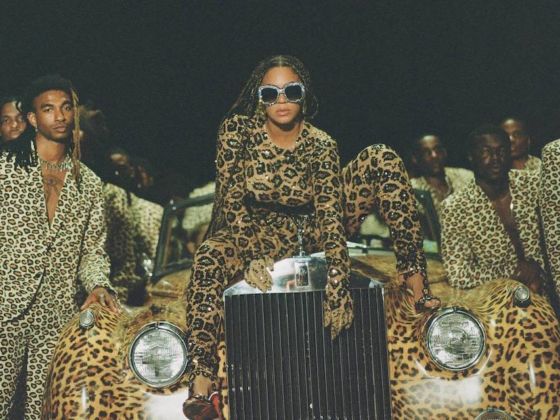“I’m not there yet, 100 percent,” a voice comes in over a black screen, “ya feel me? Like, I know I got the capabilities to, but sometimes I don’t know how to navigate.”
Then we see a wide shot, a river, a basket floating in it, like we know from the Old Testament.
A drone shot finds Beyoncé on a shallow beach, dressed in a white gown, bride-like, with not a man in sight. She is alone with an infant child, looking strong as hell, navigating this landscape armed only with her Blackness and her bare feet.
